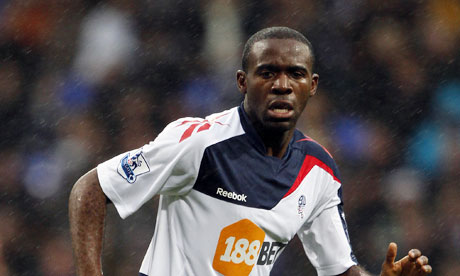
Fabrice Muamba's cardiac arrest on the football pitch has become the most visible example of a shocking statistic: at least 12 young people die suddenly every week in the UK because of abnormalities of the heart.
Like Muamba, who is still in a critical condition, many of these tragedies strike during exercise. Phidippides, the Greek messenger who inspired the modern marathon and collapsed after running well over 100 miles in two days, may be the earliest recorded incident of the shocking death of an athlete. But until recently many cardiac arrest fatalities were classified as "natural causes" rather than attributed to a recognisable condition – sudden death syndrome (SDS).
A heart attack is the constriction of blood to the heart muscle caused by blocked arteries, commonly linked to unhealthy lifestyles and old age. A cardiac arrest is totally different and can occur in the young and healthy if the heart goes into a dangerous rhythm, unable to pump blood around the body.
Sanjay Sharma, professor of cardiology at St George's Hospital in south London, has screened 20,000 athletes since 1994 with the charity Cardiac Risk in the Young (CRY). According to Sharma, an electrocardiogram (recording the rhythm of your heart) and an echo-cardiogram (a sonogram of the heart) can pick up 70% of the conditions that cause SDS in athletes.
It has been reported that 23-year-old Muamba underwent cardiac testing four times in his career. But some serious conditions, such as cardiomyopathies, may be hidden by the natural enlargement of the heart from strenuous exercise. "It can be difficult to be certain where it's 'athlete's heart' or cardiomyopathy but in an expert setting we are very good at distinguishing between the two," says Sharma. He would like every young person over 14 who plays sport to be screened. This is expensive but with experts donating their help for free, CRY can perform screenings for £35 per person.
Leicester midfielder Clive Clark was 27 when he suffered a cardiac arrest at half-time in 2007. He recovered, but has never played professionally again. "When a footballer has a cardiac arrest, we would tell them it's too dangerous to continue playing," says Sharma. "Not playing football is a small price to give someone back 60 years of life."

